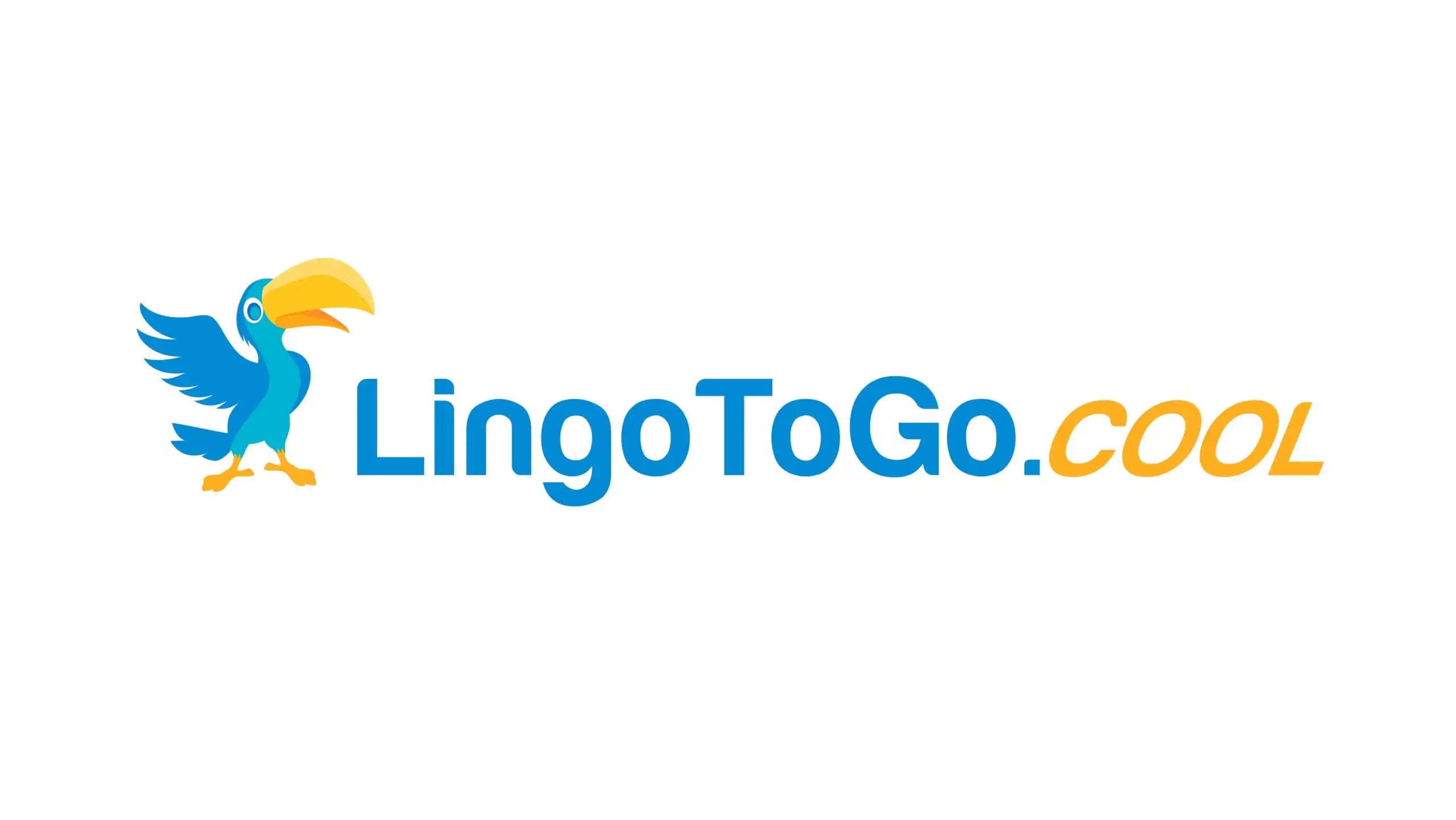Ever wondered how to sound more like a local in Peru? Learning Peruvian slang (jerga) is your key to forming authentic connections and understanding the vibrant culture of this diverse country.
Essential Everyday Expressions
Greetings and Responses
- “¿Qué tal?” – How’s it going?
- “Habla causa” – What’s up, friend? (casual, between close friends)
- “Ya” – Yeah/Okay (Used much more frequently than in other Spanish-speaking countries)
Common Descriptive Terms
- “Chévere” – Cool/Awesome (One of the most frequently used Peruvian slang terms)
- “Huachafo” – Tacky/Trying too hard to be fancy
- “Mosca” – Alert/Sharp/Clever
- “Monse” – Uncool/Behind the times
- “Bravazo” – Amazing/Excellent
- “Manyas” – You know what I mean?
People and Relationships
- “Pata” – Friend (Can be used for any gender)
- “Causa” – Close friend (More intimate than pata)
- “Churro/a” – Attractive person
- “Huachafita/o” – Someone who acts pretentiously
- “Pendejo/a” – Smart aleck/Crafty person
Work and Money
- “Chamba” – Work/Job
- “Lucas” – Money
- “Plata” – Money (more common than dinero)
- “Estar misio” – To be broke
- “Caña” – Tough job/Hard work
Food and Drink
- “Chela” – Beer
- “Pisco” – Peruvian grape brandy (not slang, but essential vocabulary!)
- “Jato” – Food
- “Jamear” – To eat
- “Chifa” – Chinese-Peruvian fusion food
Regional Variations
Lima Slang
- “Pituco” – Upper class/Posh
- “Barranco” – Hipster/Artistic (referring to the district’s culture)
- “Limeñada” – Something typically from Lima
Coastal Slang
- “Brother” – Friend (English word commonly used in coastal areas)
- “Playero” – Beach person/Surfer
- “Chamba playera” – Easy work
Mountain Region (Sierra)
- “Achachau” – Expression of cold or pain
- “Waso” – Country person (can be offensive)
Context and Usage Tips
When using Peruvian slang, remember that context is crucial. Some expressions that are friendly in one situation might be offensive in another. For instance, “pata” is casual and friendly among peers but would be inappropriate in formal situations.
Modern Digital Slang
- “Webear” – To joke around/mess with someone
- “Full” – Very/A lot (borrowed from English)
- “Sorry” – Sorry (English word commonly used)
- “Mano” – Brother/Friend (shortened from hermano)
Red Flags: Terms to Avoid
- “Serrano” – While technically meaning “from the mountains,” this term can be derogatory
- “Cholo” – Although sometimes used affectionately, this term has complex racial connotations
- “Huachafo” – While common, be careful as it can be quite offensive in certain contexts
Common Phrases and Their Uses
- “¡Qué paja!” * Literal meaning: What straw! * Actually means: How cool/awesome!
- “No seas malo” * Literal meaning: Don’t be bad * Actually means: Come on, please (used when asking for a favor)
- “Habla pe” * Literal meaning: Speak, then * Actually means: Come on, tell me/What’s up?
Remember that Peruvian slang is constantly evolving, with new terms emerging from social media, youth culture, and global influences. What makes Peruvian slang particularly fascinating is how it blends indigenous Quechua words, Spanish expressions, and modern international influences into something uniquely Peruvian.

